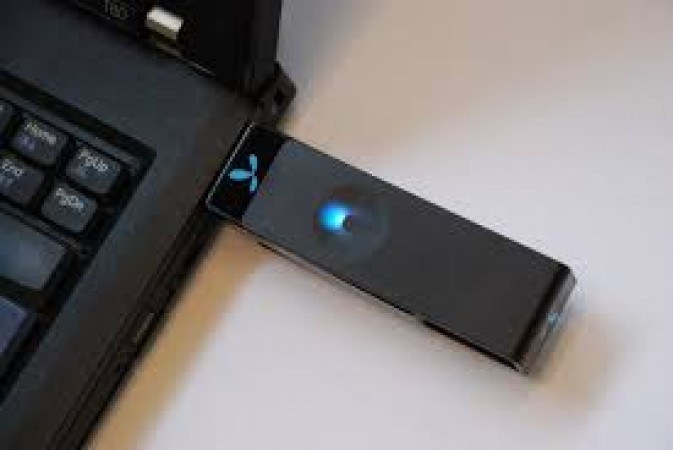
T-Mobile EDGE, short for Enhanced Data rates for GSM Evolution, is a mobile data standard that was developed to enhance the original GSM data standard and provide faster data speeds for mobile devices. In its heyday, EDGE was a significant advancement, offering data speeds of up to 384 kilobits per second (Kbps). However, as technology rapidly evolves, EDGE has been surpassed by faster and more efficient data standards like 3G, 4G, and 5G. In this article, we will delve into the history, features, and impact of T-Mobile EDGE and how it paved the way for modern mobile data technologies.
Evolution of GSM and the Emergence of EDGE:
The Global System for Mobile Communications (GSM) is the foundation of the majority of mobile networks worldwide. It was introduced in the early 1990s and provided voice communication services but had limited capabilities for transmitting data. As the demand for mobile data increased with the advent of the internet and mobile applications, a need arose for a faster data standard.
The Birth of EDGE:
In response to the growing need for faster data transfer, the GSM community developed the EDGE standard. EDGE was officially introduced in the late 1990s and early 2000s. It represented a significant leap in mobile data technology, offering data rates that were several times faster than the original GSM standard.
Features and Advantages of EDGE:
a. Increased Data Speeds: EDGE provided data speeds of up to 384 Kbps, which was a major improvement over GSM's limited data capabilities. This allowed users to browse the web, check emails, and perform basic online tasks more efficiently.
b. Backward Compatibility: One of the advantages of EDGE was its backward compatibility with GSM networks. This meant that users with EDGE-capable devices could still access voice and data services in areas where EDGE coverage was unavailable.
c. Widespread Adoption: EDGE gained popularity worldwide due to its compatibility with existing GSM infrastructure. Mobile network operators, including T-Mobile, embraced the technology to offer improved data services to their customers.
Transition to Advanced Data Standards:
As technology continued to progress, the limitations of EDGE became apparent. While it was a significant upgrade at the time, the demand for faster data speeds and better network performance prompted the development of subsequent generations of mobile data technologies:
a. 3G (Third Generation): 3G offered data speeds of several megabits per second (Mbps), enabling video calling, mobile internet, and enhanced multimedia experiences.
b. 4G (Fourth Generation): 4G brought even faster data speeds, reaching up to hundreds of Mbps. It revolutionized mobile internet usage and paved the way for advanced services like video streaming and online gaming.
c. 5G (Fifth Generation): 5G is the latest generation of mobile data technology, promising data speeds of multiple gigabits per second (Gbps). It offers ultra-low latency, increased network capacity, and facilitates the development of futuristic applications like augmented reality (AR) and autonomous vehicles.
Though EDGE is no longer considered a cutting-edge technology, it played a crucial role in the evolution of mobile data standards. It was a stepping stone that laid the groundwork for the development of faster and more efficient technologies like 3G, 4G, and 5G. T-Mobile EDGE, along with its global counterparts, will be remembered as a milestone in the mobile telecommunications industry, forever shaping the way we connect and communicate in the digital age. T-Mobile EDGE was a significant advancement in its time, providing faster data speeds and improved mobile data services. However, as technology progressed, EDGE was replaced by faster and more advanced data standards. Nevertheless, its contribution to the development of modern mobile data technologies remains significant, and it will be remembered as a crucial part of the mobile telecommunications journey.
Lightning McQueen Roars Back: A Detailed Look at Disney and Pixar's "Cars 3